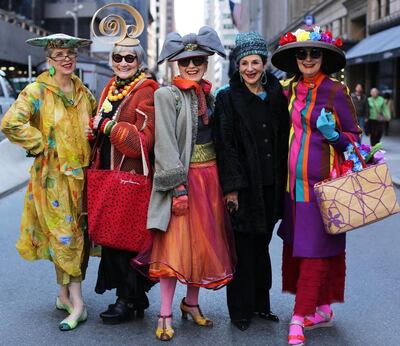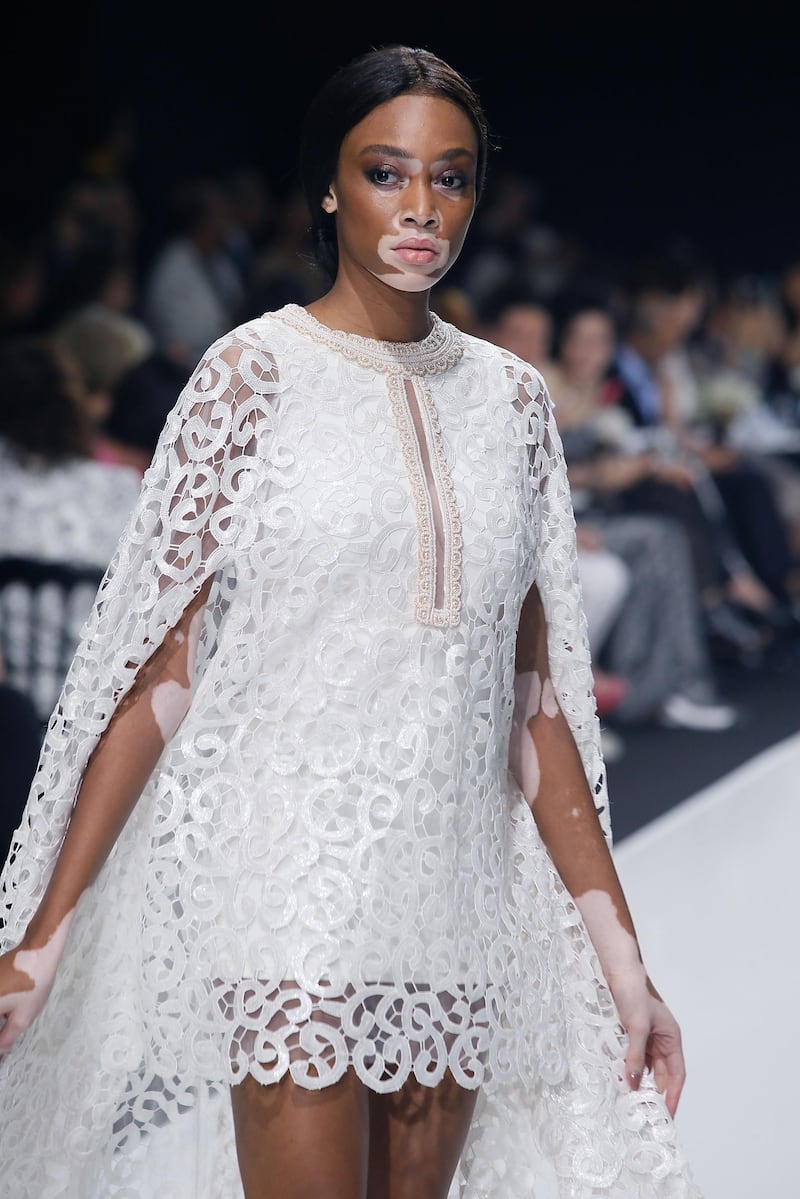At its best, the fashion industry is inspirational, aspirational and inclusive. At its worst, it is an exclusionary system set up with a single notion of value and a narrow concept of beauty that takes advantage of people and the planet, and that has for too long limited itself to aesthetics without ethics.
Fashion has always been a reflection of the society it represents and, as such, is far from immune from the dysfunctionality that currently plagues the world stage, whether that’s Islamophobia, racism or prejudice. Our industry is surrounded by the demeaning of models, the devaluing of human life and accusations of abuse.
Unrealistic standards of beauty
One of the issues that the industry is currently grappling with is body image. This has long been problematic in the fashion industry, which is responsible for setting unrealistic standards of beauty. Thankfully, this is being challenged by more and more brands. Most designers, however, still design for a size-zero model who is no shorter than 1.72 metres, when, for example, the average
American is between a size 12 and 14, and 1.62 metres in height. Modelling agencies and the industry in general consider any model over a size two, "plus-size" or "curvy".

It's common for fashion models to have a BMI in the range of 15 per cent to 16 per cent, when anything below 18.5 per cent is considered underweight and even malnourished. Not surprisingly, the standards we set for fashion models have ramifications for the rest of us, with 91 per cent of women in the United States said to be unhappy with their bodies, and girls as young as 6 reported to be unhappy with their weight – 40 per cent of 6-year-old girls express a desire to be thinner. Meanwhile 81 per cent of 10-year-olds have a fear of being fat; 35 per cent of girls between the ages of 6 and 12 have been on a diet; and 95 per cent of people with eating disorders are between the ages of 12 and 25.
Single Eurocentric ideal of beauty
When it comes to issues of inclusion, we have a long way to go, with some mainstream fashion magazines still believing that sales suffer when they feature a person of colour on the cover. The Guardian's research revealed earlier this year that the covers of many of the UK's most popular magazines remain overwhelmingly white, with less than 10 per cent of best-selling glossies featuring a person of colour on their cover. And the US is no different, with a Huffington Post survey revealing similar results in 2016.
A Hyperbeast article celebrating the appointment of streetwear designer Virgil Abloh to French heritage luxury brand Louis Vuitton stated: "Fashion's own structure is prey to the systemic racism that dominates society at large." The dominance of a single Eurocentric ideal of beauty has allowed prejudice and privilege to lead an entire industry, and ignore the beauty in diversity.
What's being done to change?
Considering that, from a fashion perspective, the colour nude has until recently (and still is in many cases) been considered a single shade that simply does not cover the diversity of skin tones, we see it represented around us every day. It says a lot that it took women of colour to develop businesses that cater to a broader range of skin tones. Nubian Skin was founded by Nigeria-raised Ade Hassan and produces a full range of nude lingerie designed for all skin tones, while it was left to singer Rhianna to cater to women of all skin colours with her inclusive make-up range Fenty.
______________________
Read more:
Why Burberry's admission it burns unsold stock might just help the fashion industry
The future of fashion: from glow in the dark dresses to jackets that give directions
Countering consumption with a new-look approach
______________________
We are beginning to see companies, brands and publishers challenging the status quo with more inclusive campaigns. The Dove Real Beauty campaign has long stood in stark contrast to other campaigns, such as Victoria's Secret's Love My Body. The former embraces a broad range of body types, sizes, shapes and skin tones, while the later holds true to a single ideal of physical beauty.
British department store Debenhams has been a trailblazer in diversity, first with its plus-size lingerie mannequins on the shop floor, then through its use of Paralympians as models for fashion campaigns. Canadian beauty Winnie Harlow, who suffers from the skin condition vitiligo, has shot campaigns for leading fashion brands, including Desigual and Diesel, while plus-sized model Candice Huffine has featured on the cover of Vogue Italia and in the Pirelli swimsuit calendar, showing off her voluptuous curves to full effect. Fashion blog Advanced Style has been trailblazing in challenging conventions of ageism in fashion, a problem we share with the film and music industries, where women are considered past their prime once they reach their 30s.
These women are, without question, women of great beauty, if not ones that fit into the narrow perspective considered the norm for high fashion. As model Charli Howard, considered “curvy” by the industry at size 2, says: “Beauty doesn’t come in one dress size.”





